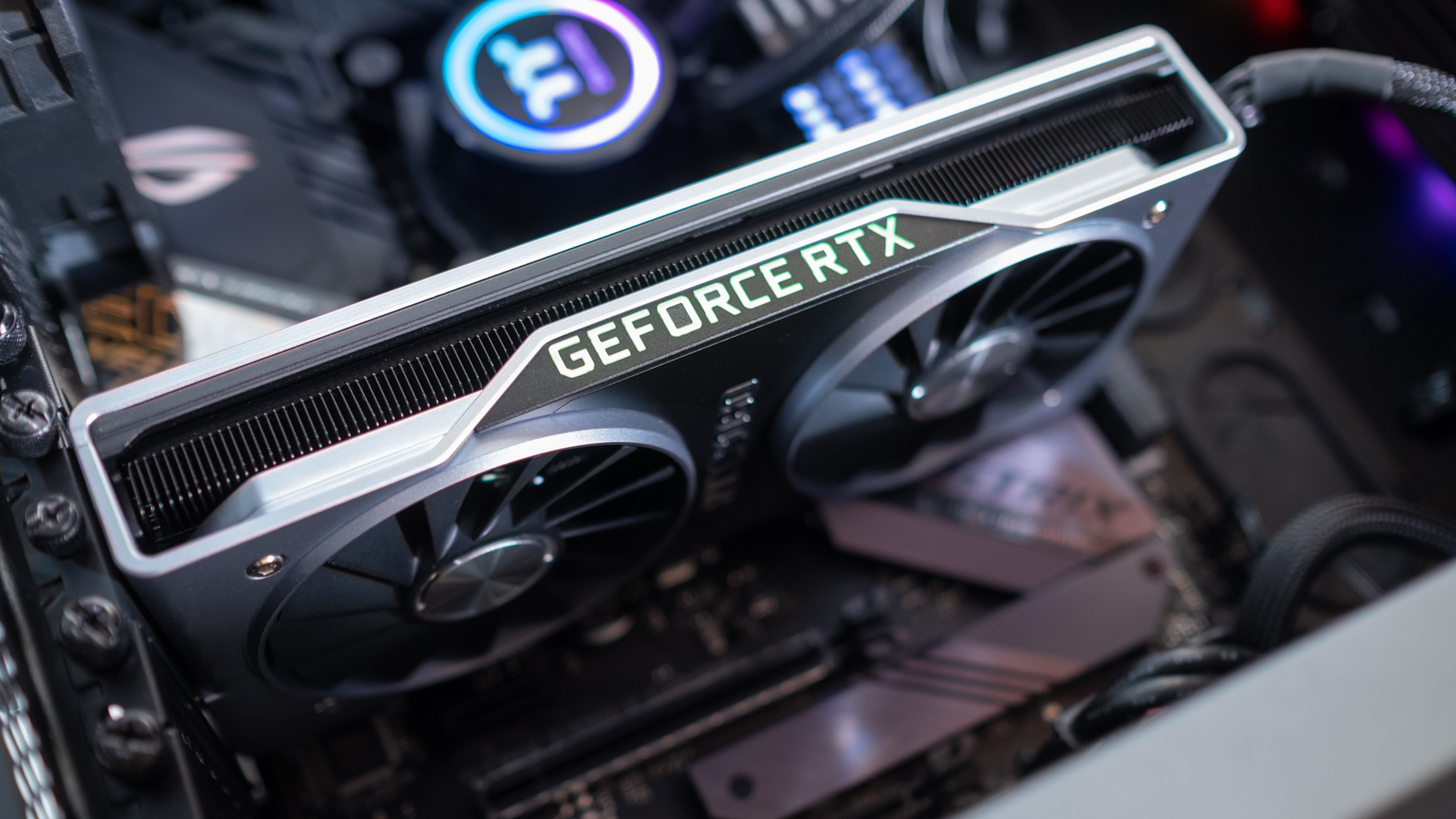
Thermal throttling is every gamer’s nightmare as it negatively impacts performance while putting your hardware on the line. With current-generation GPUs pulling in more and more power, the issue has become more apparent than ever.
However, preventing thermal throttling isn’t as hard as it might seem. With a few small software tweaks and a dusting session later, your GPU might just get enough headroom to stop throttling and run at full capacity.
What Is GPU Thermal Throttling?
Modern GPUs have exceptional core and memory clock speeds. The higher your core and memory clock speeds, the better performance you’ll get out of your card. However, that comes at the expense of power consumption.
With cards from Nvidia’s RTX 40-Series rated for anywhere between 200W to 450W TGP (Total Graphics Power measures how much power a GPU requires), while you may get great performance, your GPU is also going to generate a lot of heat. As a result, when your GPU hits a specific temperature, its performance will become limited until it drops to an acceptable level. In short, thermal throttling is your GPUs way of preventing itself from melting during extreme load.
Eventually, your GPU clock speeds will drop as your card levels out at a particular temperature, which varies from GPU to GPU but is typically around 195 Fahrenheit.
GPU thermal throttling affects gaming, but the gist is that when your card thermal throttles, you can end up with massively reduced performance, all while running the risk of damaging your GPU. It’s also important to note that thermal throttling isn’t necessarily bad. It’s pretty much the only thing protecting your GPU from turning into a fireball.
1. Reduce GPU Load
The simplest way of addressing GPU thermal throttling is to reduce GPU load. If your GPU doesn’t have to work as hard, it uses less power, resulting in lower temperatures.
There are several ways you can do this. Lowering in-game graphics settings is the obvious first choice, but if your game is more CPU bound than GPU, its effectiveness may vary from game to game.
Limiting your in-game FPS is also a good idea. Ideally, you want your FPS to match your monitor’s refresh rate so you don’t push your GPU to full utilization, rendering frames you aren’t going to see. Rendering extra frames than your monitor can show can be advantageous when it comes to latency, but you shouldn’t push your GPU to the point where it runs the risk of melting down.
If you’re using a laptop, using a low or balanced power plan can also help reduce GPU load, as it limits the power your GPU can use. This is also good for battery life if you’re on the go, as your dedicated GPU eats less into the overall system’s power budget. Even mobile GPUs can be rated at as much as 120W TGP, which can be quite a lot for a mobile system.
2. System Maintenance
Dust is the number one enemy of your computer. Regardless of whether you’re using a laptop or have a top-of-the-line gaming rig, if your fan vents are clogged with dust, your system’s thermal system won’t be able to pull in as much cool air as it needs to cool down your GPU (or other components) leading to thermal throttling.
Even if your PC is water-cooled, you’re probably still running fans for airflow. Maintaining good airflow throughout your computer is critical for cooling, so clean out those fan vents and get rid of any dust you can.
Thermal repasting can also go a long way in keeping high temperatures at bay, especially if you’re using a high-performance laptop with power-hungry components. We wouldn’t recommend repasting your GPU if you’re not comfortable opening up your system, and it’s not something you should need to do very often. Good quality thermal paste should last you a fairly long time.
However, if you’re experiencing extremely high temperatures (somewhere around 190 Fahrenheit or above) even when your GPU is idle, it can be a good indication that it isn’t getting enough cooling. Again, thorough system maintenance should be able to fix that.
3. Undervolt Your GPU
Finally, if reducing GPU load and your thermal solution fails to keep your GPU from wanting to melt itself down, undervolting can also be a viable solution. This is the opposite of overclocking, as you try to reduce your GPU’s power consumption while maintaining consistent core and memory clock speeds.
Fortunately, undervolting is also much safer than overclocking, meaning you’re less likely to push your hardware to the brink of damage. That said, it’ll still require some research, manual tweaking, and many restarts.
Additionally, there’s a good chance that, if done right, undervolting your GPU may give you even better performance than your GPU would produce at stock settings. This is because it’s much easier for an undervolted GPU to stay stable than a stock GPU at maximum utilization.





